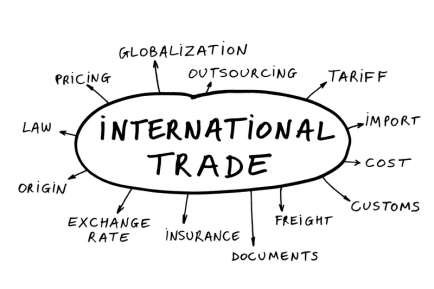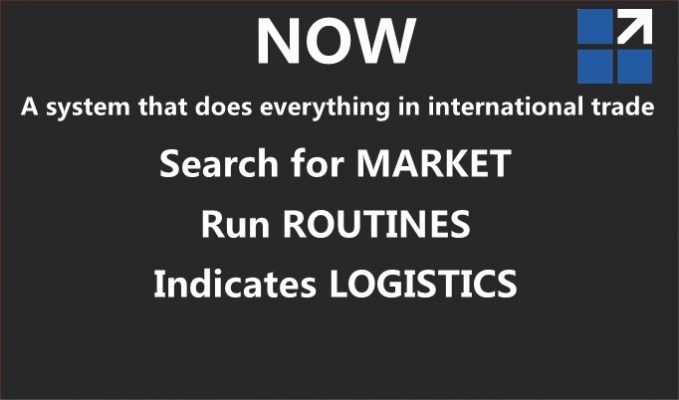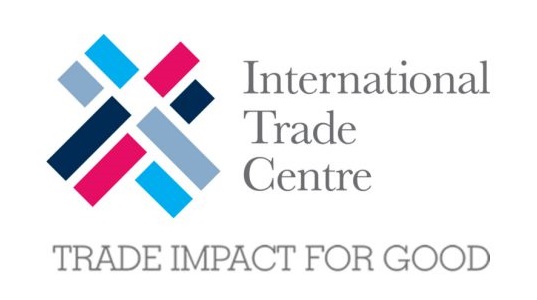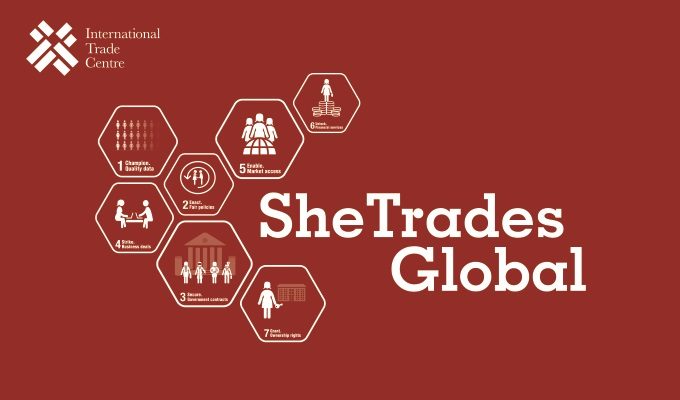Export Journey: the concept of the three pillars of international trade

In 2021, a program called the Export Journey is being carried out, an initiative of CONAMPE – National Confederation of Micro and Small Businesses and INTRADEBOOK, with 6 Workshops and 12 Lectures on Export.
The Workshops address practical aspects of using the INTRADEBOOK platform for export and import, and the Lectures address specific topics related to foreign trade in the areas of Market, Routines and Logistics.
Lecture 1: Market: the importance of the concept of the three pillars of international trade (market, routines and logistics)
Many articles, opinions and guidelines that deal with international trade treat it as something complex, bureaucratic and for few companies. They have many needs, difficulties, and a series of requirements to trade with other companies from other countries, which frightens companies more than helps.
All these requirements are normal in the domestic market and, therefore, are not exclusive to those who want to do international business.
But, we can simplify international business problems into three basic problems:
. Market
. Routines
. Logistics
In the MARKET we have all activities involving the product, design, packaging, brands, patent, weight, quantity, color, price, marketing, distribution channels, approvals and other more specific items.
In ROUTINES we have to know the export routines and export negotiation steps including export price formation, pro forma invoice, international freight contracting, international insurance contracting, customs clearance contracting, exchange contracting, commercial invoice, packing list and all the other steps of the export, which depend on the chosen INCOTERMS, the chosen method of payment and the mode of transport.
At LOGISTICS we need to select the best logistics partners, including not only international transport, but also insurance, currency exchange, customs brokers and other services necessary to make your export viable.
1. Market: For export, the entrepreneur needs to find customers around the world, analyze the market he wants to reach, city, country or region, adapt his products to market needs, calculate and compare prices and, finally, identify potential customers.
2. Routines: The entrepreneur needs to know the export routines and procedures, such as documents, price formation, payment methods, purchase and sale modalities (INCOTERMS) and all export step-by-step instructions.
3. Logistics: Entrepreneurs need to find the right partners for their export to materialize with success, quality and safety, and this includes exchange services, international transport, international transport insurance, customs brokers, consultants and other specific and necessary services for export.
Knowing the solution to these three problems, the entrepreneur will be able to communicate better with their customers, suppliers, service providers and employees. What once seemed difficult will become clearer.
And why are the three knowledges (market, routines and logistics) complementary?
Because it’s not enough just to know the market, if we don’t know the routines and logistics.
It is also not enough to know the routines if we do not know the market and logistics.
And it’s not enough just to know the logistics, if you don’t know the routines and know the market.
Export Journey: the concept of the three pillars of international trade
This is the concept of the three pillars of international trade. More details about the lecture and the concept can be found on the website www.conampe.org.br and on the website www.intradebook.com.
Image: researchgate.net






